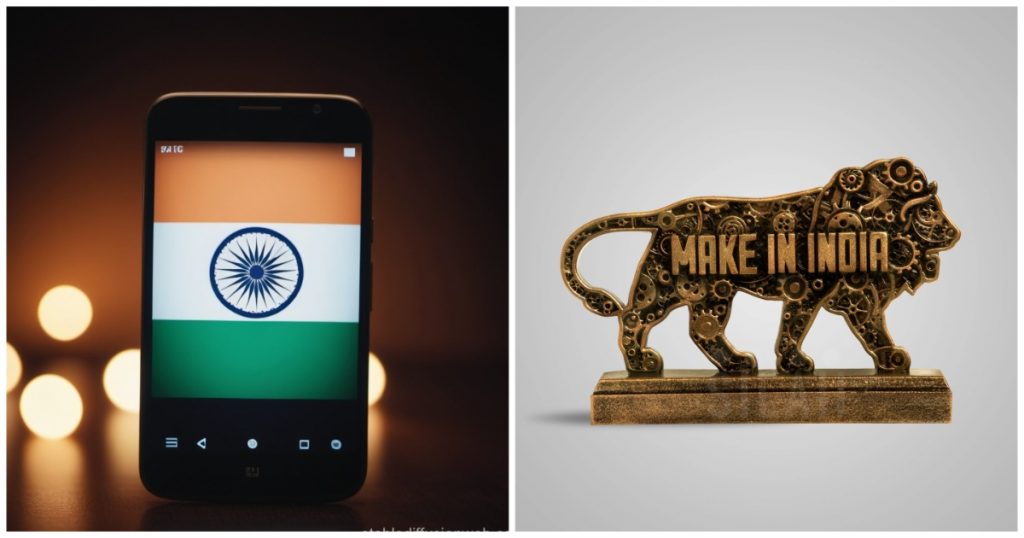Until slightly over a decade ago, India did not manufacture smartphones at all, but now they’ve become the country’s fourth biggest export.
Smartphones have gone past motor gasoline to become India’s fourth biggest export. In FY24, India exported $15.6 billion of smartphones, compared to $13.4 billion of motor gasoline. In FY23, smartphones were India’s fifth largest export.

In FY24, India’s top export was automotive diesel ($28.7 billion), down 24.2 percent over the previous year. It was followed by polished diamonds, which had exports of $15.9 billion, down 27.6 percent over FY23. Third was aviation turbine fuel with exports of $15.7 billion, down 9.7 percent over the previous year. The only item in the top five which saw an increase in exports was smartphones, whose exports were $15.7 billion, up 42 percent over the previous year. Rounding up the list was motor gasoline with $13.4 billion of exports with a 10 percent decrease over FY23.
India’s top smartphone export market was the US, which saw $5.6 billion of exports from India. This number was up 158 percent over the previous year. The US was followed by UAE ($2.6 billion), Netherlands ($1.2 billion), UK ($1.1 billion) and Italy ($0.8 billion).
This has been rapid progress for the smartphone sector — mobile phone manufacturing in the country has increased from an estimated Rs. 18,900 crore in 2014-15 to an estimated Rs. 3,50,000 crore in 2022-23. The first wave of smartphone manufacturing in India had been led by Chinese companies like Xiaomi, which set up manufacturing plants in the country. These companies were followed by players like Samsung, which set up the world’s largest smartphone manufacturing facility in Noida in 2018. Over the last few years, Apple has begun its top-end manufacturing phones in India, and there are reports that Google is set to start manufacturing its Pixel phones in India. And with smartphones becoming India’s fourth largest export, and their numbers growing at 42 year-on-year, they could end up climbing even higher on India’s export charts in the years to come.